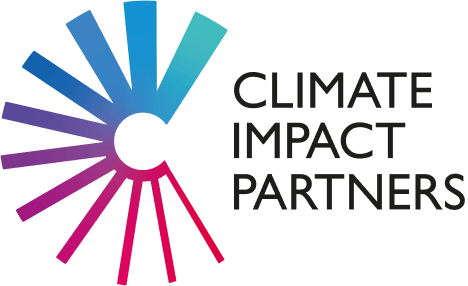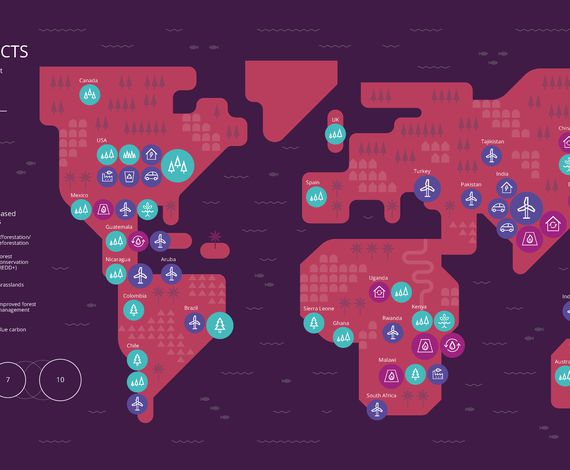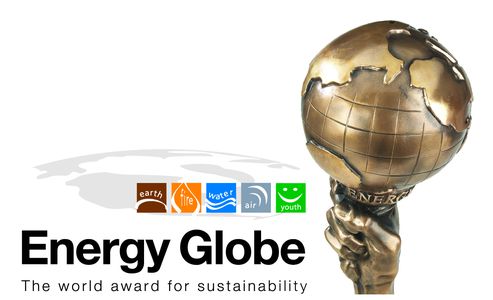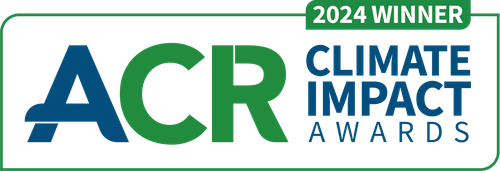
To illustrate the impact of ambitious climate action from the world’s largest companies, this infographic shows the potential for emissions reduced, lives improved, forests protected, and trees planted if Fortune Global 500 companies committed just 1.5% of profits for 1.5°C.
Earth Day 2023
To mark Earth Day 2023 | Invest in Our Planet we created a tool to illustrate the enormous impact that could be achieved if the world’s largest companies committed just 1.5% of their profits to climate action through the voluntary carbon market in pursuit of the global goal of 1.5°C.
The carbon project types illustrated in the infographic, forest conservation, reforestation, clean cooking, and rooftop solar, are all established Project Drawdown climate solutions and top IPCC mitigation options for 2030. While internal carbon reductions remain non-negotiable, companies must also support the solutions driving the transition to a low-carbon economy around the world today.
Why 1.5?
1.5°C is the global warming threshold, popularized by the Paris Agreement, where many of our natural systems reach dangerous tipping points. While private sector finance alone will not achieve 1.5°C, it can close a large part of the ambition gap left by lagging public sector action, which is needed urgently.
To put 1.5% of profits into perspective, some of the world’s largest companies spend on average 12% of profits on Research and Development (R&D) and 27% of profits on Selling, General and Administrative Expenses (SG&A). Large companies also spend on average 8.7% of revenue on Marketing and 8.2% of revenue on Information Technology (IT).
METHODOLOGY
Impact data is based on publicly available data from the monitoring reports of registered carbon projects. To calculate impact totals, we derived impact per tonne of carbon metrics across four project types: clean cooking, rooftop solar, afforestation / reforestation, and forest conservation. To arrive at the average impact per tonne of carbon for each project type, we assessed the top six projects of each type based on recent issuance, for a total of twenty four projects. Impact per tonne of carbon was then multiplied by a proprietary price per tonne for each of the project types to arrive at the impact totals. Impact and spending equivalents are from HubSpot, Statista, Our World in Data, and EPA.gov.
Carbon portfolio mix is 20% of total funding for clean cooking, 20% of total funding for rooftop solar, 30% of total funding for afforestation/reforestation, and 30% of total funding for forest conservation. Funding totals were 1.5% of profit totals for all Fortune Global 500 (FG500) companies, the company with the largest profit in the FG500, and the average FG500 company’s profit, excluding those companies that reported a loss, respectively. The project types selected were cross referenced with Project Drawdown data to ensure the scientific viability of this level of funding for carbon projects of a certain project type. For example: Clean Cooking (clean cooking and biogas for cooking), Forest Conservation (forest protection and indigenous peoples’ forest tenure), Rooftop Solar (distributed solar photovoltaics and solar hot water), Afforestation/Reforestation (tree plantations (on degraded land), tropical forest restoration, bamboo production, abandoned farmland restoration, and temperate forest restoration).
Profit data is based on publicly available data on the Fortune Global 500 companies. The Fortune Global 500 is an annual ranking of the largest 500 corporations worldwide as measured by total revenue. Companies are ranked by total revenues for their respective fiscal years ended on or before March 31, 2022. Revenue and profit figures for non-U.S. companies have been converted to U.S. dollars at the average exchange rate during each company’s fiscal year (ended Dec. 31, 2021, unless otherwise noted). All companies on the list must publish financial data and report part or all of their figures to a government agency. Figures are as reported, and comparisons are with the prior year’s figures as originally reported for that year. Fortune does not restate the prior year’s figures for changes in accounting.
